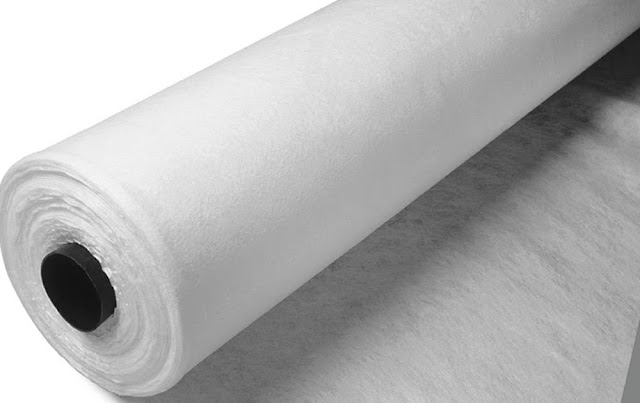Geotextiles are Synthetic Fibers that can be made into a Flexible, Porous, nonwoven Needlefelt Fabric
Geotextiles are breathable
materials that can separate, filter, reinforce, protect, or drain when used in
conjunction with soil. Geotextile textiles typically come in three basic
configurations: woven, needle punched, or heat bonded.
A synthetic permeable cloth
called geotextile is used to enhance the properties of the soil. When employed
in conjunction with soils, it has the capacity to separate, filter, reinforce,
protect, and drain. For many infrastructure projects, including highways,
harbours, landfills, drainage structures, and other civil works, geotextiles
are the perfect material.
Products like geogrids and meshes
have been produced, and geotextile composites have also been introduced.
Geotextiles can soften a fall and are long-lasting. Each configuration geonets,
geosynthetic clay liners, geogrids, geotextile tubes, and others of these
materials, together known as geosynthetics, can be advantageous in the design
of geotechnical and environmental engineering.
Geotextiles
are also employed in drainage systems as permeable separating materials that
let water pass through while preventing soil and other water-borne particles
from clogging the drainage system. In addition to many other civil engineering
applications, geotextiles are utilised in the building of highways, harbour
improvements, drains, land reclamation, and breakwaters. By using fill
materials, heavy geotextiles are used in the reinforcing of earthen
constructions. This is because the soil fabric has high soil fabric friction
coefficient and high tensile strength. After the creation of a clay slit,
nonwoven geotextiles are utilised in rivers, canals, and coastal networks to
provide hydrostatic uplift.




Comments
Post a Comment